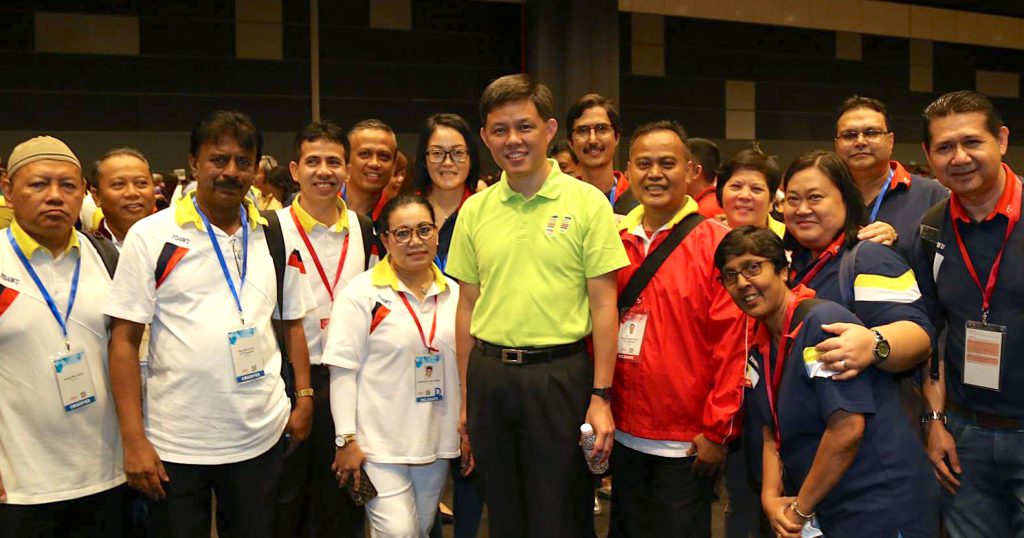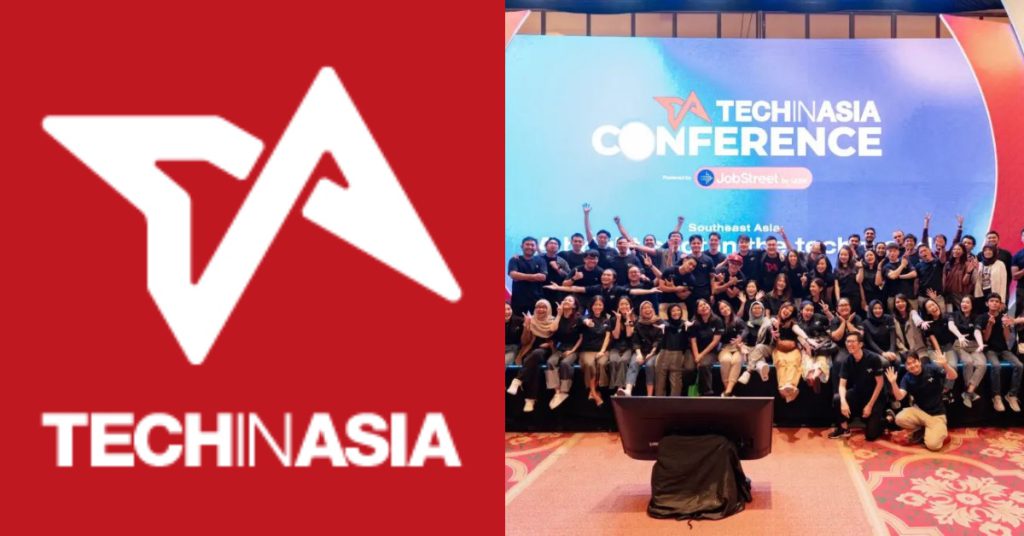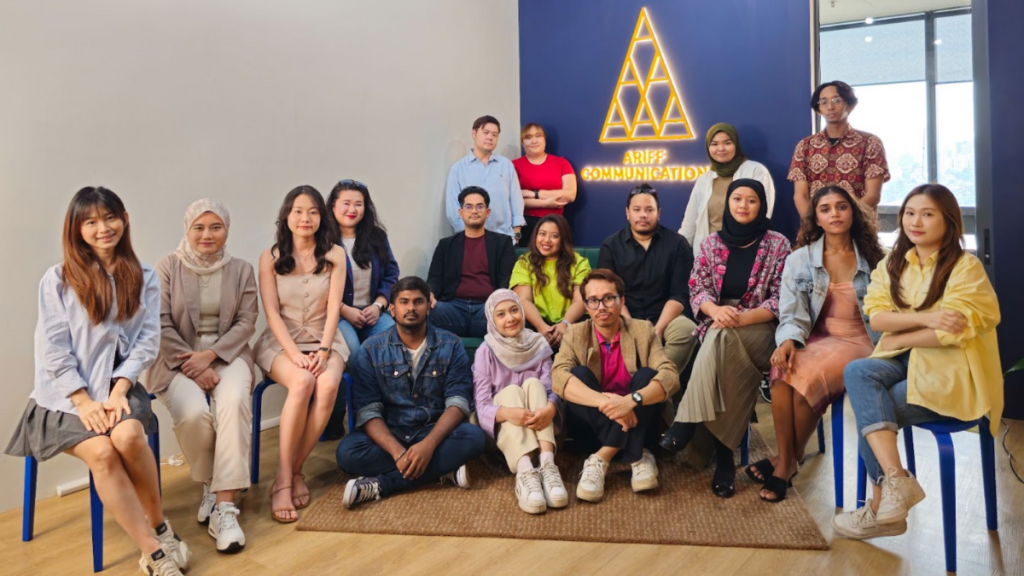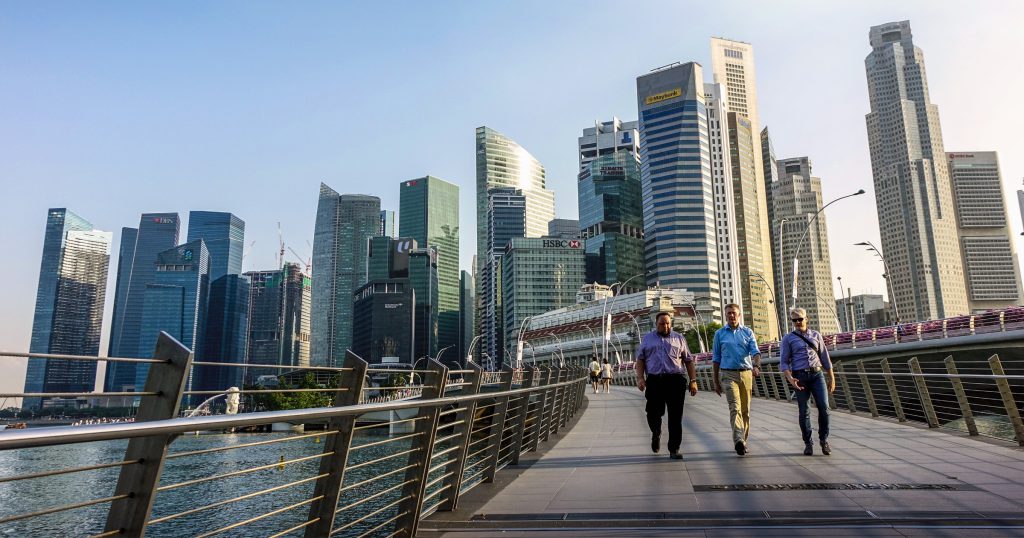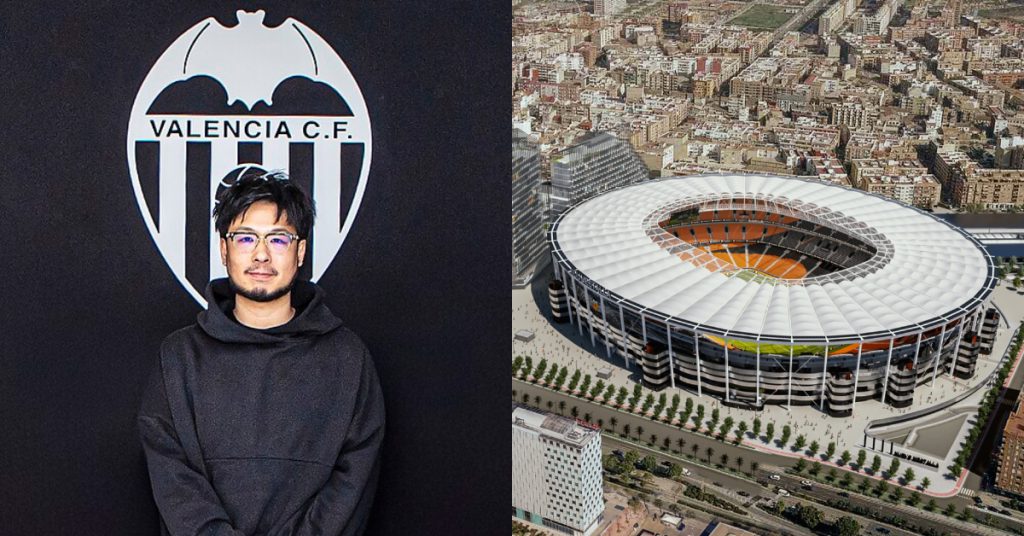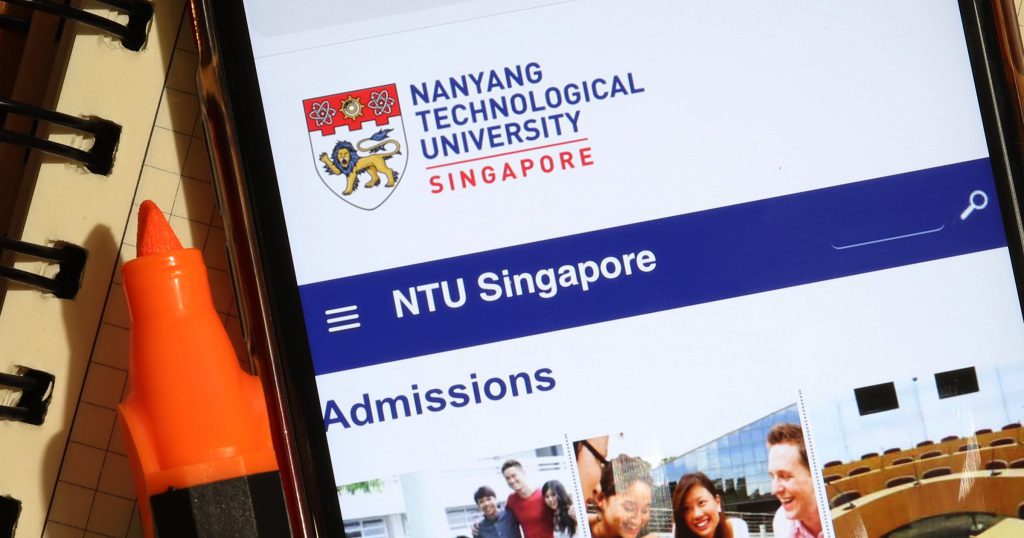Mention ‘NTUC’, and most people will think of the FairPrice supermarket chain.
So it might surprise some to know that NTUC is quite a behemoth of an organisation, and it’s not just referring to the number of supermarkets they have.
Just look at the crowd at its Ordinary Delegates Conference (ODC) that took place at the Suntec Convention and Exhibition Centre two days ago on 15 Nov 2017.

Can you spot how many ministers there were at the front row?
And why would ministers even make time to attend ODC if NTUC is just about groceries and toiletries?
What’s The Ordinary Delegates Conference (ODC)?
Before we even get to ODC, we need to talk about NDC, the National Delegates Conference.
The NDC happens every four years, and it’s almost like our General Election where our nation’s leaders are voted in.
These leaders form NTUC’s Central Committee (CC), the highest decision-making body in the Labour Movement (LM).
If it’s easier, just imagine the CC to be like NTUC’s Cabinet.
According to its Constitution, the CC is the “planning, policy and execution organ”. So in a way, NDC is a platform for the Labour Movement to formulate the direction that it would take in the next four years to help the working population in Singapore (yes, most of you reading this now!).
The most recent NDC took place in 2015 where Labour Chief Chan Chun Sing won the election with over 90% margin.
Two years on, it’s now time for an interim update for this 2015-2019 term, and this is where ODC happens.
At ODC, delegates come together for the Secretary General (SG) of NTUC to present a mid-term report. The SG’s report will typically look back at the past two years and give a progress report of what has been achieved, and it will also forecast the next two years and what needs to be done.

But what’s so great about NTUC that it has so many delegates and staff?
Do they actually do anything? It’s not like NTUC organises strikes or anything else of that nature.
Sure, we all can agree that in the past, there was certainly a pressing need to have NTUC.
In the late 1960s, Singapore faced severe challenges to our jobs and livelihoods. A year earlier, barely three years into our independence, Singaporeans were suddenly told the British would start pulling out of Singapore from that year.
Thousands of jobs were soon to be lost, and 15% of the GDP would disappear. Then, NTUC, as part of the tripartite system, helped establish a new era of progressive labour-management relations to attract much needed foreign investment for job creation.
But the world today is drastically different.
Does the NTUC still represent the working people? Is it still relevant? Does NTUC make a difference in Singapore?
We pored through the SG’s Report to see what NTUC has been up to in the past two years.
Verdict: It Is Still Making A Difference For Workers
NTUC was first established to represent the rank-and-file workers through the union vehicle. This still remains a core for the Labour Movement even today.
Over the past two years, it has continued to enhance the employment terms of rank-and-file workers through collective bargaining.
It handled about 1,500 cases of employment disputes in unionised companies in 2016. From 2015 to 2016, over $17.74 million worth of assistance was disbursed to the low income union members and their families through various programmes.

But the profile of Singapore’s workforce is evolving.
By 2030, about half of Singapore’s workforce will comprise of Professionals, Managers, and Executives (PMEs). For NTUC to be representative of all working people, it must be representative of the PMEs and protect their interests.
That’s why NTUC now has 282,000 PME union members, roughly 24% of the total PME workforce in Singapore.
In 2016, NTUC has helped 780 PME members on dispute resolution. It has also been working to ensure that PMEs are upskilled in line with the Industry Transformation Maps (ITMs).
It launched the Returners Programme in 2017 to provide opportunities for economically-inactive PMETs returning to the workforce to embark on job trials before permanent employment.

Small Medium Enterprises (SMEs) make up 99% of Singapore’s businesses and employ 70% of Singapore’s workforce.
As such, to be truly representative of all working people, NTUC must protect the interests of SME employees and partner with SME employers and their HR managers to care for those working in SMEs.
Currently, NTUC has 130 MOUs with 13,600 SMEs.
To help ensure that SMEs are taking proper care of their workers, NTUC has initiated the Employment Legislations Workshop Series with the Ong Teng Cheong Labour Leadership Institute (OTCi) to train U SME partners on the Employment Act, Employment of Foreign Manpower Act, WSH Act and WICA.
Some 183 SME bosses and HR professionals have benefited from a total of seven sessions.

If you think that’s all NTUC is doing to represent Singaporean working people, you’re wrong.
There are approximately 200,000 freelance and self-employed (FSE) working people in Singapore. This number is growing with the rise of the gig economy.
As such, NTUC has made it a point to reach out to freelancers and self-employed working people. It has a U FSE Unit that serves this growing group, which includes individuals your Grab and Uber drivers.
For this group, NTUC acts as an intermediary, helping freelancers secure government assistance such as Workfare.
It also advocated for workplace insurance and freelancers’ income security, as well as benchmarking of good practices for buyers and hirers of freelance services.

Is NTUC Relevant?
Not only has NTUC expanded its reach to represent more segments of the working Singaporeans, it has also strived to keep its services relevant.
Through its Social Enterprises, NTUC offers an integrated suite of services to meet the different needs of people in Singapore at various stages of their life.
For young parents who are just starting their family, NTUC has the Good Start Bundle.

NTUC Foodfare also helps to moderate prices of cooked food.
Even FairPrice, the supermarkets we’re familiar with, is trying to be different.
It now has a series of shops (unimaginatively named FairPrice Shops) in mature HDB estates with higher concentrations of one-to three-room flats – such as Eunos Crescent and Circuit Road – to specially cater to budget-conscious customers, as well as those from smaller households.
These FairPrice Shops are unique because of their product mix – about half of the stores are stocked with house-brand items, Everyday Low Price and Yellow Dot items. These products give shoppers the most savings to help them stretch their dollar.

Finally, recognising that Singapore’s population is rapidly ageing, NTUC has started operating nursing homes.
NTUC Health’s first nursing home was opened in Jurong West to provide quality and affordable care and rehabilitation to seniors, who are unable to receive 24/7 care in their own homes.

Two more nursing homes in Chai Chee and Geylang will be in operation by 2017 to serve more elderly in the area.
At full capacity, all three nursing homes will be able to care for close to 900 seniors altogether, making NTUC one of the biggest nursing home operators in Singapore.
So How Did The Chan Chun Sing-Led Team Fare?
At ODC, the Labour Chief said, “This Labour Movement is not about only serving some workers. This Labour Movement of ours is determined to make sure that we are a representative, relevant and strong force to represent all workers in Singapore.”
From what we can gather, NTUC has been quite busy in the last two years to remain relevant and representative of the needs of the working people .
Chan himself had spoken about “Disrupt or be disrupted” during his May Day Rally 2017 speech, and NTUC has worked at evolving to represent not just the traditional rank-and-file workers and PMEs, it has also extended its network to include SME workers and freelancers.
What about migrant workers, you ask?
Well, NTUC has been operating the Migrant Workers’ Centre (MWC) since 2009 and with the opening of the Centre for Domestic Employees (CDE), it has also started supporting the needs of domestic helpers.

Looking back the past two years, has the Labour Movement been relevant?
It has enhanced and created new offerings from its stable of social enterprises. On top of that, it has also launched many job and training-related initiatives, such as PIVOT for PMEs and Todo Todo for the youth workers.

The acid test – the benchmark for how well they’ve done – according to Chan is: “Will we be missed if the Labour Movement disappears tomorrow?”
So did they make a difference to the lives of Singaporeans in the past two years?
From those who lost their jobs and found new ones through NTUC, to those who pivoted their career after one of NTUC’s programmes, to the thousands who turned to NTUC to resolve labour disputes, to the tens of thousands who received financial assistance, we think yes, NTUC certainly made a difference.
What Else Happened At ODC?
One notable thing to highlight is that the NTUC affiliated unions voted decisively (nearly 97%!) to update NTUC”s constitution to expand its network to serve all working people in Singapore.
So it certainly looks like the Labour Movement is all set to reach out to more workers and different types of workers.
We’re looking forward to what’s ahead, are you?
The Labour Movement wants to help Singaporeans have better jobs and grow Singapore’s competitive advantage to be prepared for the future, whilst ensuring Singaporeans get access to affordable, quality products and services via NTUC’s social enterprises like FairPrice.
Featured Image Credit: Unusual Labour Movement Facebook page


